So this year, for the first year since the dictatorship two important things happened. One, is that compulsory voting was eradicated. It used to be that if you were registered to vote (which many people were not, and you’ll see why in a second), and you were less than 200 km from your polling place, and under a certain age (I think it’s 60, might have been higher), you had to vote. Or at least you had to show up to your polling place, get your thumb dyed blue (really!), and cast a ballot. If you were too far away, you could be excused by the local police.
The second important thing that happened, since compulsory voting was banished, is that universally, all Chileans (except those underage, not sure about felons) were inscribed in the voting rollbooks. But not only Chileans. Foreigners who have been here legally for five years were also given the right to vote. Which means I got to vote, too.
I live in one of the more “important” comunas (districts), in that it’s where the government is housed (though not the Congress, as that’s in Valparaíso), and where many ministries are located, and where the stock market is, etc. Our mayoral vote is important to alot of Santiaguinos (and Chileans in general), not just people who live in Santiago Centro, as I do. I won’t go into the details about the candidates, but the two candidates most likely to win still have many of my friends wringing their hands saying, we’ve got to get rid of A, but I also don’t like B.
At any rate, and politics (mostly, but not entirely) aside, I decided to vote. There were just a few mayoral candidates, and 69 different candidates for alderman. I wish I could say I was completely educated on all of their ins and outs, but that would be lie. But I educated myself through the media and blogs, and went off to cast my vote.
Necessarily, and to avoid voter fraud, you have to vote at the polling place to which you are assigned. And each person is also assigned a “mesa” where they have to go. Mine was 249.
But let’s back up a bit. If you follow this blog, you know that in recent times (say the past 20 months or so), Chile has seen more social movements/activism than since any time since the dictatorship ended with a democratic vote to oust President for Life, Augusto Pinochet, in 1989. The main issue in the current protests is access to education, but contemporaneously, there are other important social movements, such as the one defending Mapuche (indigenous people) rights. Many issues have become more commonly discussed, including gay rights, women’s rights, worker’s issues, etc. The protests have become a public forum for social ideas and resistance, and expressing dissatisfaction, and calling for actions, or in this case, inaction:
text reads: I won’t lend my vote (meaning, I won’t vote). And yes, there’s a hashtag. We’re very Twitterful here.
This message started appearing in the protests about two months ago, and has appeared on placards, signs, blogs, river-side murals (pictured), etc. People who don’t want to participate in the elections, previously have done so quietly. But this year it’s seen as a form of social protest.
But of course “don’t vote, don’t complain” has also taken appeared on Twitter and Facebook, with people insisting that if you don’t participate in democracy, no one wants to hear your cries of how you don’t like what’s happening later on. I understand the message behind people who insist that they won’t vote. A kind of, “I don’t want to participate in this system, and I don’t think these changes can come from within.” I’m not sure I’m buying it, and would have liked to at least see all of those people going to the polls and casting a null vote, to show that they’re not just lazy, they’re not participating. Not showing up to the polls doesn’t send the same message (in my opinion) as showing up and saying “I don’t like any of your candidates.”
And on the other side, the left (this is a leftist, not mainstream publication)is strongly encouraging people to vote:
Everyone, let’s vote, abstention favors the right.
Believing as I do, that you should cast a ballot, for the side of your choice, I set off to vote. Remember that? Well, the process is pretty straightforward. You go up to your table, present your carnet (national ID), they find you in the rolls, give you two ballots and little stamps to seal them with. And then you go into a booth to cast your ballot. What? you want to see the little stamps? Well, I’ve got you some little stamp pictures.
These you lick and use to seal your ballot before returning to the table, where they tear off a perforated number that says your ballot has been used, you drop one in each box (mayor/alderman), sign the book, get your ID back and leave.
The voting itself is not strange. It’s very similar to voting in other countries, hanging chads notwithstanding. But what I found strangest about the voting (though neither headcount nor results have yet been announced, since polls will be open for the next several hours), is the environment in which I was voting, and the iconic people and things I saw on the way in. In the US, there can be no campaign posters or campaigning activities within a certain radius of the polling place. That seems to also be the case in Chile. Because you wouldn’t want to unduly influence anyone. But what about these things:
Thing 1: Policemen
Every polling place had the street in front blocked off to vehicular traffic. A police officer was standing there, dressed in green, and flanked by orange traffic cones.
Why this is weird (to me): The police force at the moment is wildly unpopular, especially among protesters. They are viewed as a tool of oppression, capricious tear-gas throwers and protester-injurers.
Thing 2: Proximity to controversial places
My polling place is opposite the Museo de La Memoria, a giant glass building, opened by the last (non right) president, Michele Bachelet, and is a commemoration of the dictatorship. Inside there is footage of the bombing that started the coup, lots of media coverage, testimonials, etc.
Why this is weird (to me): Many people’s voting patterns are conditioned on the belief that certain candidates and parties are allied with the powers that were in control during the dictatorship. You’d think you wouldn’t want to remind people of that as they were on their way into the polls.
Thing 3: Military presence
Inside the polling place, and guarding all the entrances and exits, were fatigue-dressed military officers.
Why this is weird (to me): See military coup, and Museo de La Memoria.
Thing 4: Catholic school
My polling place was a Catholic school, and right next to the signs telling me where my “table” was located was a large cross.
Why this is weird (to me): Because where I am from, there is a strong division between church and state. Also, because some people might be swayed to voting for a more devout candidate on the basis of having walked by an important religious icon on the way in (or maybe not).
It remains to be seen who will come out on top, and perhaps more interestingly, how the voting population will have shifted due to non-compulsory voting, among other factors. I’m still left scratching my head about the above four factors, but I have long ago learned that I’m not in Kansas (or Brooklyn) anymore.


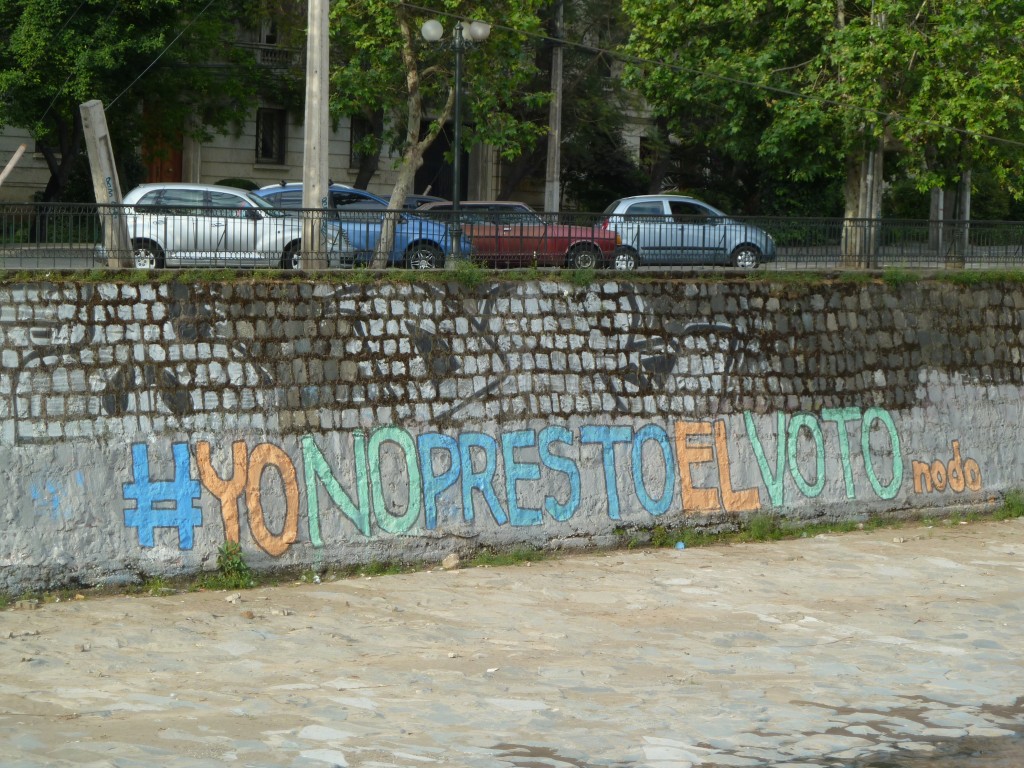
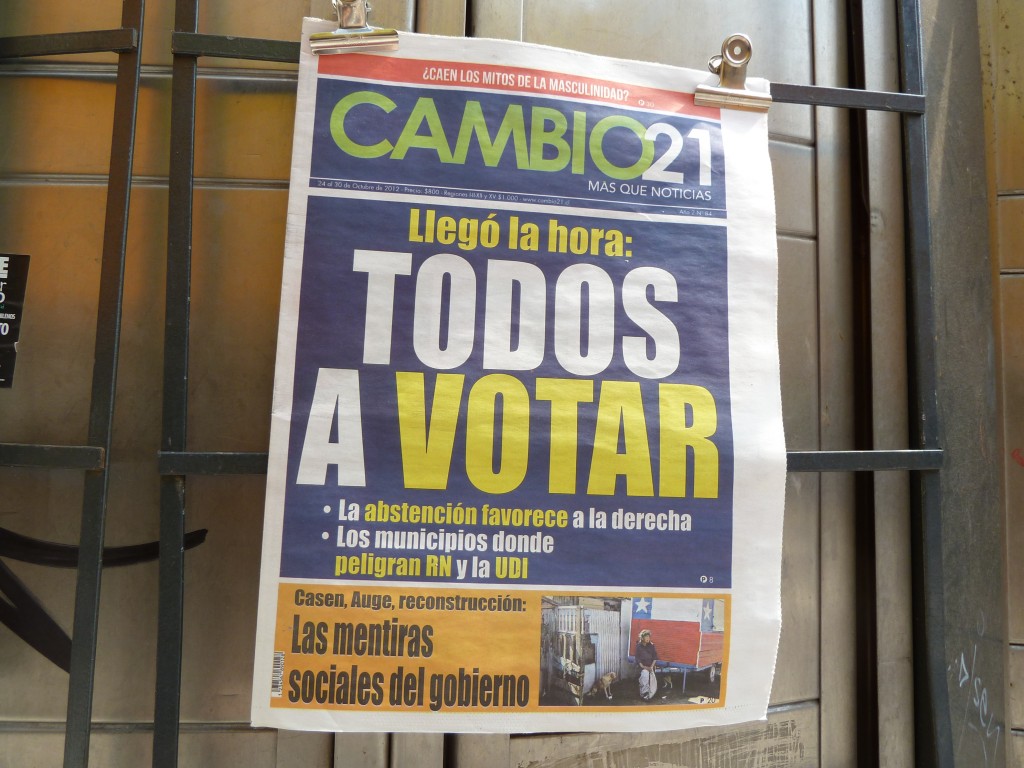
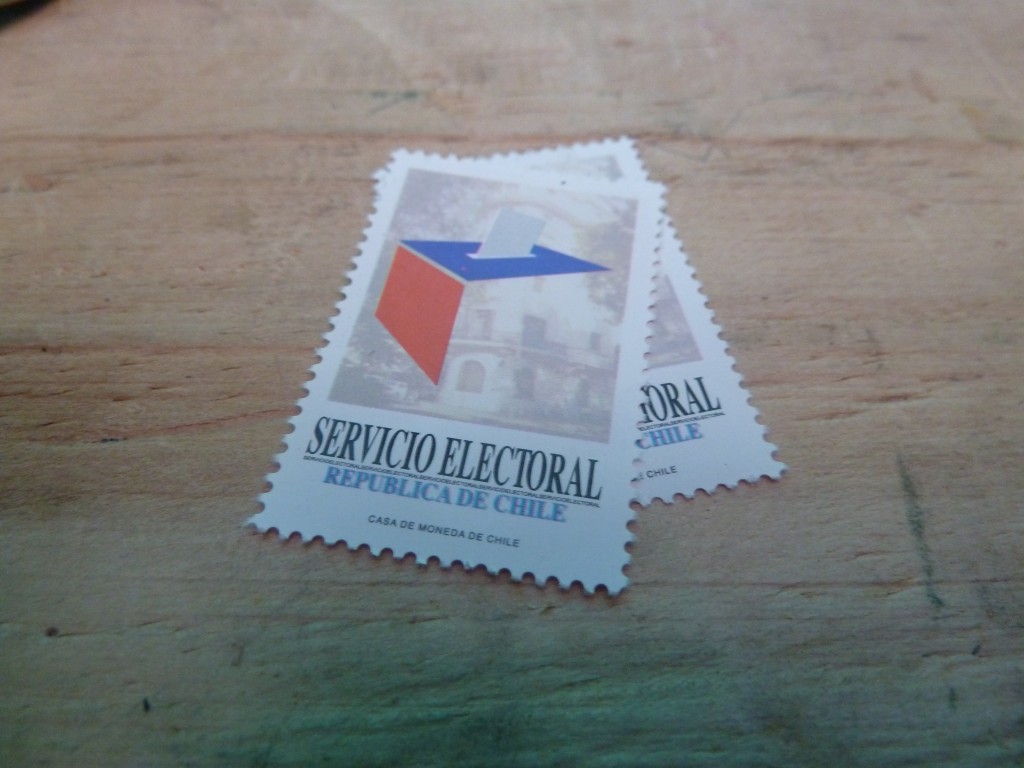
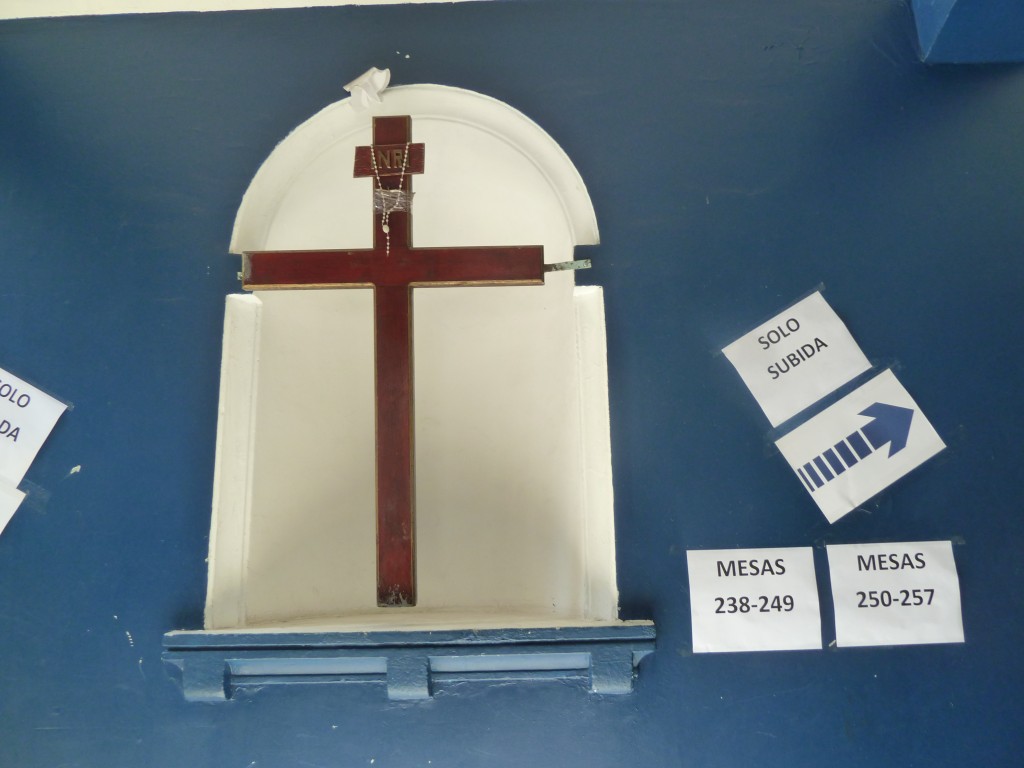
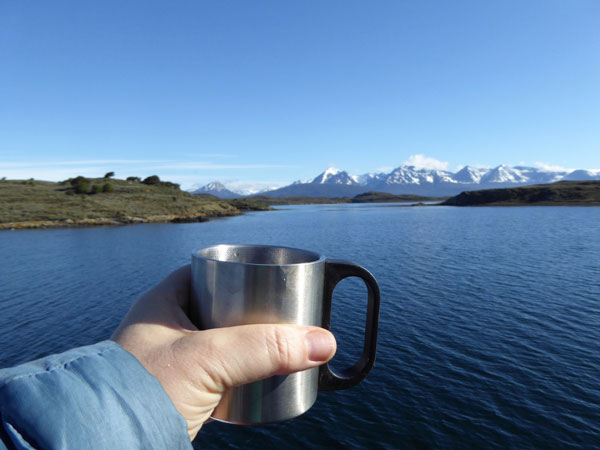
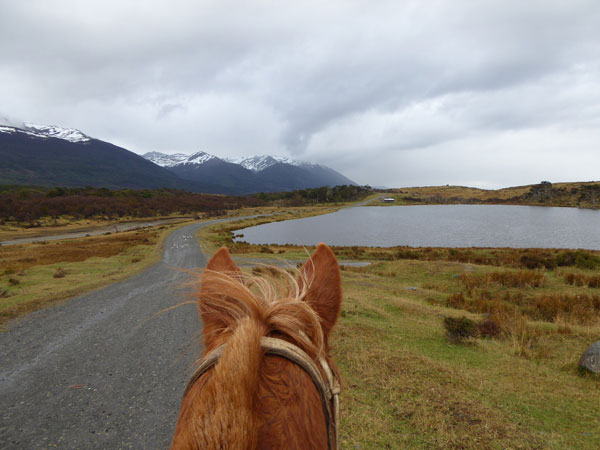
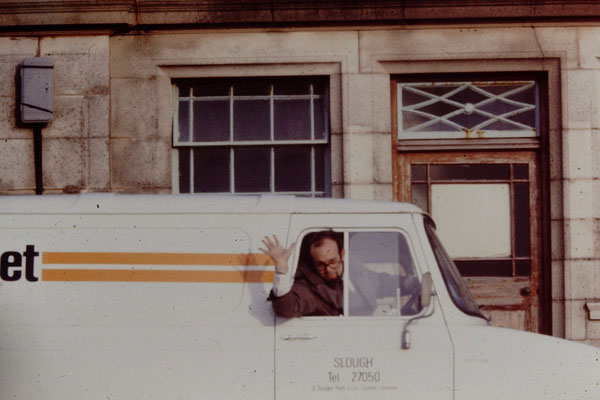


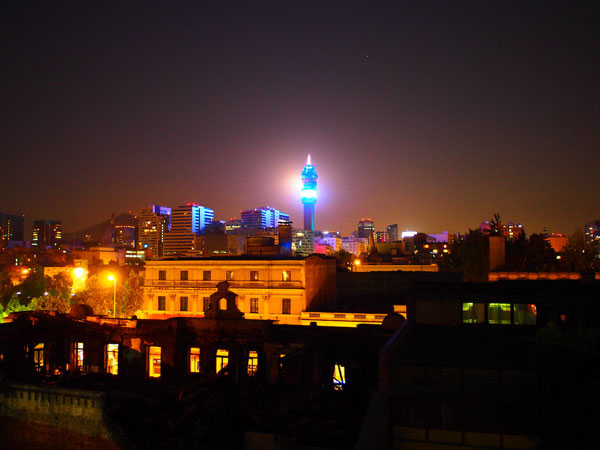
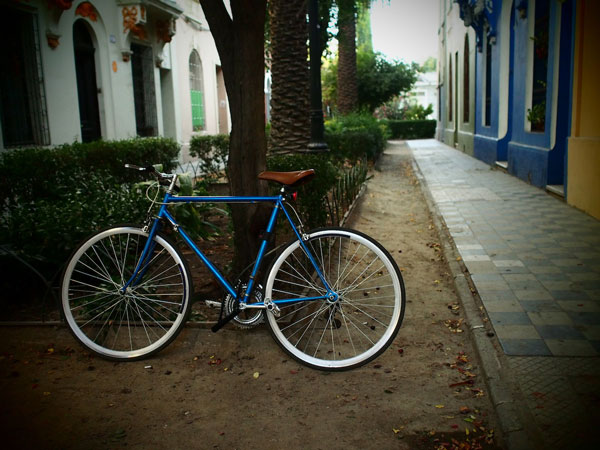


Definitely not Kansas! It was sad to me seeing all the tables almost empty, i used to see them crowded and with large rows to each one… I think the only winners here are those who like the things just they way they are now. I also understand those who say that voting has proved so far that no real change will occur, but i also think that not voting just leave the usual suspects getting away with their own agendas… I´m glad you were not selected as “vocal de mesa”, must be a really boring job today xD
So there’s no electronic counter, just a paper ballot? That’s a very unreliable voting system, with margin of error much wider than a combined paper-electronic system.
Although I have never voted in my life (in Chile because I was too lazy to register and in Norway because I refuse to vote for minor things since I don’t get the right to vote for congress, which is very important in a parliamentary system), I think I can explain some of the things you have seen:
1. The cross. Voting places are selected because of how many people they can handle and they cannot refuse. Therefore you have places as different as Estadio nacional and schools. It does not matter if they are private or not, if the local is selected they have to prepare it and hand it over to the authorities 72 hours before the elections. So, in this case it was a coincidence that the school was a catholic one, not a symptom of church influence. I understand that it can be offensive to some people, but for that you should send your complaints to the Servicio Electoral which is the entity who decides the places.
2. Police and Military. This is an interesting one. In Chile the military has had an interesting history regarding elections. For a while any person in the military did not have the right to vote, they lost it the moment they join the military (or the navy or the air force). So, with that thing in mind, it seemed only natural that they will take care of voting places. After all, they had “nothing to lose” or gain from the process. For the record, that law comes from around 1833, so it has nothing to do with the events in the 1970s. On the other hand, military has no power on the streets. I.e. they cannot stop you if you are driving too fast, or even if you are driving drunk, or even if you are stealing something. That is why the police needs to be outside of the voting place. In short, military has the say inside the voting place and the police outside. So if you ran away from your duty of being a vocal de mesa and you ran past the military personnel, your friendly police officer will bring you back to the door and hand you over to the military (which will not shoot at you but sit you in your table and make sure you fulfill your duty).
3. As explained in number 1, voting places are selected based on the easiness to handle a lot of people and not based on what they represent (with a few exceptions, such as the congress and Palacio de la Moneda, religious temples, …). So, the voting place could be located in a senior center or in a football stadium (well, look at Estadio Nacional).
Finally and to answer to setty. The chilean voting system is a system that has withstood the test of time, over and over. The system is pretty open and anybody can go and check the vote counting. And even request a recount. There is also a service that takes care of all the administrative details (servicio electoral), such as selecting the list of voting places, nominating people to take care of the tables and so forth. And even more, people are very used to the system and it has more or less full trust from everybody as a very impartial and corruption free. Changing the voting system to a more “modern” system, would be catastrophic in my opinion. Besides, there are very few electronic voting systems that are secure enough to be used for big elections. Not to mention that results for elections in Chile are available a few hours after the voting places close. It is not unusual for a presidential election to have the results before midnight the same day. There are very few other countries in the world who can say that.
woah, Carlos, that’s a mini-novel. My issue is not with having the voting in a catholic school, but why is the religious imagery in sight? Anyway, if it were to be used in the states, they would certainly have to cover the imagery. I went to a synagogue whose congregation had lost part of the temple to a fire, and they had services in a church. They just covered the stations of the cross and the crucifix, and voilá! nonsectarian worship space. Though the presence of the organ seemed a bit off.
I love the idea of me running off because I’ve lost my mind from boredom re: being vocal de mesa. It was a ghost town in there today, it’s true.
Great post Eileen. In Australia, we have paper ballots too and the smiling mugs of wannabe politicians are all around the voting centres with people handing out pamphlets etc, trying to catch the Undecided Voter. It’s also still compulsory to vote.
And it’s very common to like neither A nor B, usually they are both quite uninspiring. And since there’s no choice about #yonoprestoelvoto, most dissenters vote for the Greens. Which is sort of how we ended up with a hung parliament in 2010.
Glad you voted though, let’s see the outcome.
I had no idea it was compulsory to vote in Australia. If you’re out of town, do you get dispensation, or do you just vote wherever you are?
I am glad you went to vote, even though it is not compulsory here.
Like Lani said it is compulsory to vote in Oz, once you have registered, but in reality it is only compulsory to have your name checked at the polling station, off the electoral roll, and to take the ballot papers. You don’t have to ‘actually’ fill it in. You can do whatever you want with it. Some people will write or draw on the ballot as a form of protest vote but I think most people fill it in ie vote.
It is pretty easy to cast a postal vote or absentee vote before the elections including for local, state or federal elections. You can also vote if you happen to be outside your actual electoral area. And you do get a fine if you fail to vote!
When you go into the polling station there are usually people handing out ‘how to vote’ cards for particular parties or candidates. This is fairly low key, in my experience.
When I think of the millions of people who struggle for the right to vote in a democracy, I am excited and proud when I get the chance to vote in an election.
But then I like filling in surveys so maybe it’s a tick the box fetish….
Good post, Eileen.
I would note that, even in the U.S., Catholic schools are used as polling places. While living in South Bend, IN, I was pastor of two parishes. The school building of both parishes were used as polling places. We were not asked to cover crosses. The only rule was that no campaign material could be within a certain number of feet of the polling place. As church property, we permitted no such campaign material of any kind, and we had no issues with lending our space. Between both school buildings, the other building designated as a polling place was the West Side Democratic Club, which just this year was challenged by Republicans. http://www.southbendtribune.com/news/sbt-gop-denied-request-to-have-democratic-club-removed-as-polling-site-20121001,0,5235463.story
That’s interesting, Chris. Maybe I did vote in a church in DC as well, now that I think about it. I think it was the context of the police, the museo de la memoria and the military that just had me hyperaware of what was going on around me re: symbols that could generate this or that in someone. Thanks for popping in and educating me about the democratic election site. I guess I’m not the only one that was hyperaware!
I went and voted yesterday, my first time here in Chile. I was suprised that some friends who are also foreigners didn’t know they could vote. Also, there was no information on the voting slips, I put a tick, not a line.
I liked the feeling in town, lots of people wandering around. But not as many as there should have been, the number of voters was very low. And I agree, if people wanted to protest they should have still gone and voted null.
Oooh, I’m jealous you got to vote! I’m not eligible until January. My big surprise was that Rodolfo’s polling place was not actually in our comuna (he voted at Campus Oriente). Maybe that happens in the US too, just not to me, but it seemed wrong somehow.
Your photo of the newspaper reminded me of this, which I saw the other day and liked (apologies for being auto-referente by sharing my own photo): http://followgram.me/i/309491601780092412_201961130. Definitely got my attention more than those giant posters of some candidate’s smiling face!
I expected to see a picture of your blue thumb!
I was looking forward to voting this year, but then ended up being out of town for work.
Emily and I live in the same comuna and my husband also votes at Campus Oriente. What surprised me was that I was assigned to a different polling place, even though this year they also did away with gender separation in polling places.
Very interesting! On the issue of the voting location, I was just reading an article last week about that: http://wapo.st/UnMTmb. See: “Where you vote can also influence how you vote, too. People who voted at a poll located within a school in Arizona in 2000, for example, were more likely to support a state initiative to increase funding for education than people who voted elsewhere, according to a 2008 study. The effect wasn’t huge — 55 percent of school-based voters supported the measure vs. 53.1 percent overall — but it was significant. … Just as a school can trigger positive or negative associations within a voter, those deciding Question 6 [on marriage equality] could be influenced by voting in a church or religious institution.”
Also, on the idea of mandatory voting: I used to think this would be a wonderful idea, a panacea if you will for the horribly low voter turnout in the US. And then I lived in Argentina for a while, which does have compulsory voting, and I quickly changed my mind. Requiring people to vote doesn’t mean they know or care who they’re voting for, and similarly with Chile, non-voting in the voting booth is common. I remember seeing signs everywhere saying “Votá en blanco” (leave it blank). I don’t fully understand how, but I believe that ends up helping the incumbents.
Anyway, I’m curious what the voter turnout will be in Chile in the first non-mandatory elections. And curious how it’ll be in the US this year too!
Recorded yesterday, might be interesting… http://www.youtube.com/watch?v=QdpGd74DrBM